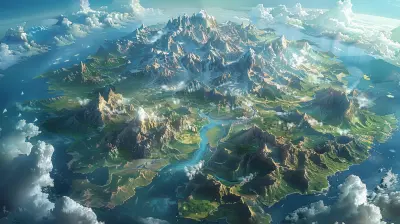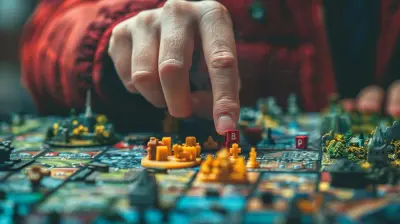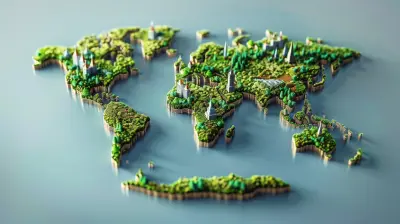Game Worlds from Scratch: How to Start a World Building Project
22 July 2025
Let’s be honest, we’ve all played a game and thought, “I could totally build a better world than this.” Whether you're dreaming of sprawling fantasy kingdoms, gritty cyberpunk cities, or alien planets with purple skies and tentacled trees — the urge to create your own game universe is real. But here’s the big question: where do you even start?
Worldbuilding can feel like staring at a blank canvas the size of a football field. That’s why it’s crucial to have a plan, a framework, and a good dose of imagination. In this guide, we're diving deep into how to start a world building project from scratch so your game world doesn’t just exist — it thrives.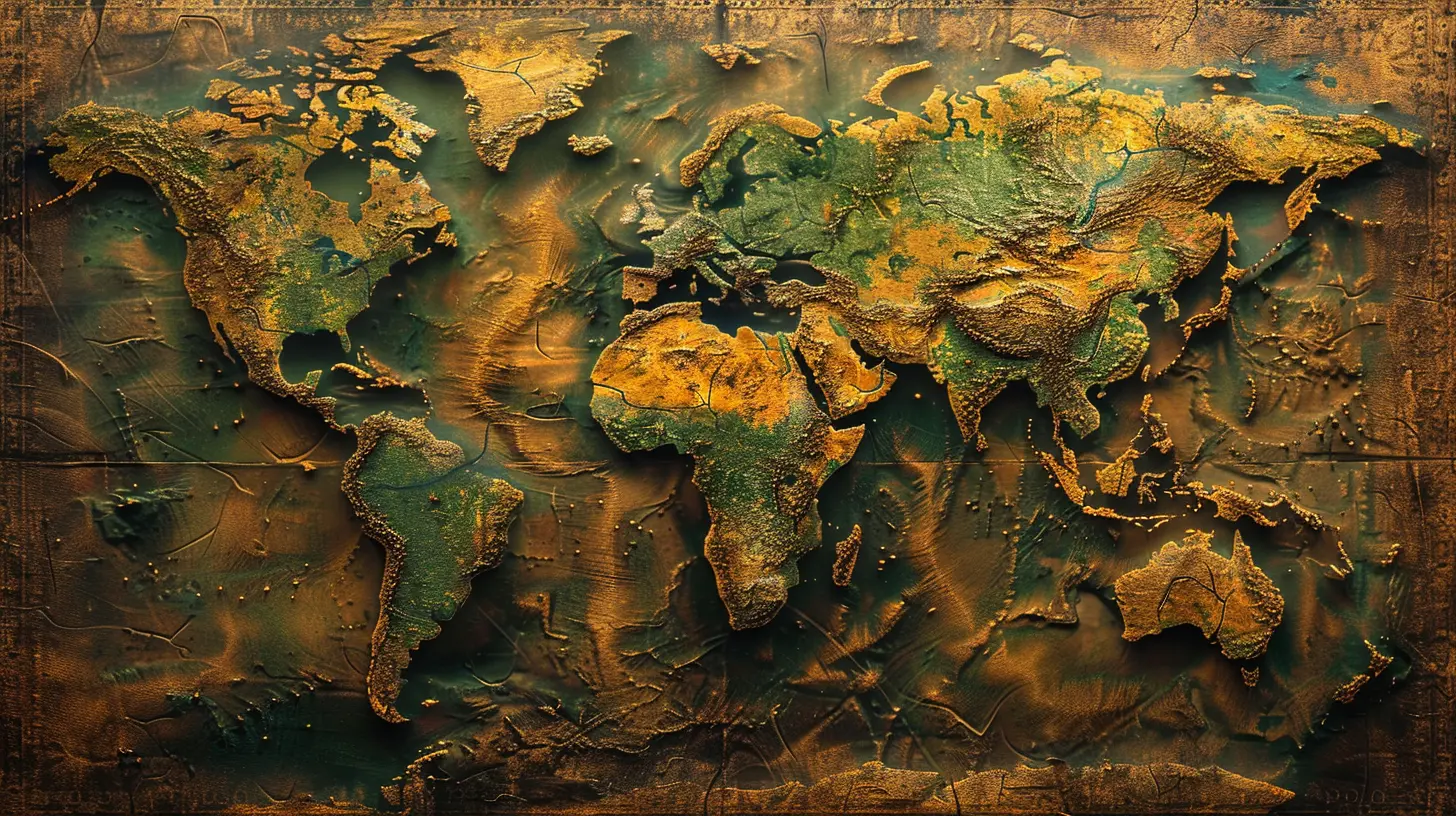
Why World Building Matters in Games
Before we roll up our sleeves and start building, let’s talk about why worldbuilding is a big deal in the first place.Think about your favorite games — Skyrim, The Witcher, Elden Ring, Mass Effect. What do they all have in common? They make you feel like you’re part of a living, breathing universe. The trees sway just right, the townsfolk have stories, and the lore goes deeper than your D&D backlog.
Worldbuilding adds depth, immersion, and emotional weight to gameplay. It's the difference between playing a game and living in it.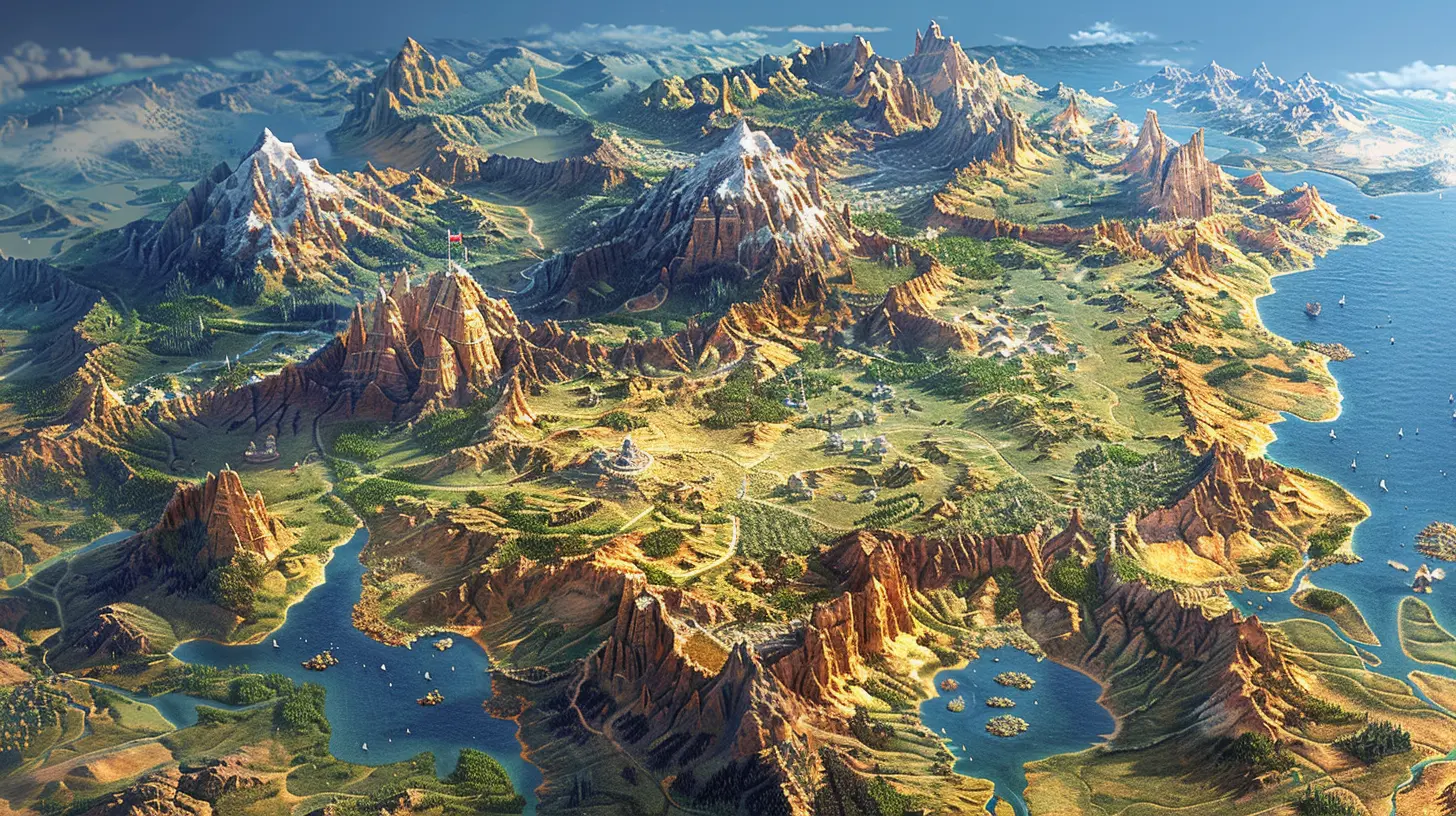
Step 1: Define Your World’s Purpose
Ask Yourself: Why Am I Building This World?
Not all game worlds are created equal. Some are meant for sprawling RPGs, others for short indie platformers with a quirky twist. Before you get lost in the weeds of ancient prophecies and magic systems, step back and ask:- Is this world for a tabletop RPG, a video game, or a story?
- Is it open-world, linear, sandbox, or level-based?
- What role will the player take in this universe?
Once you know the purpose, the rest of your decisions become easier.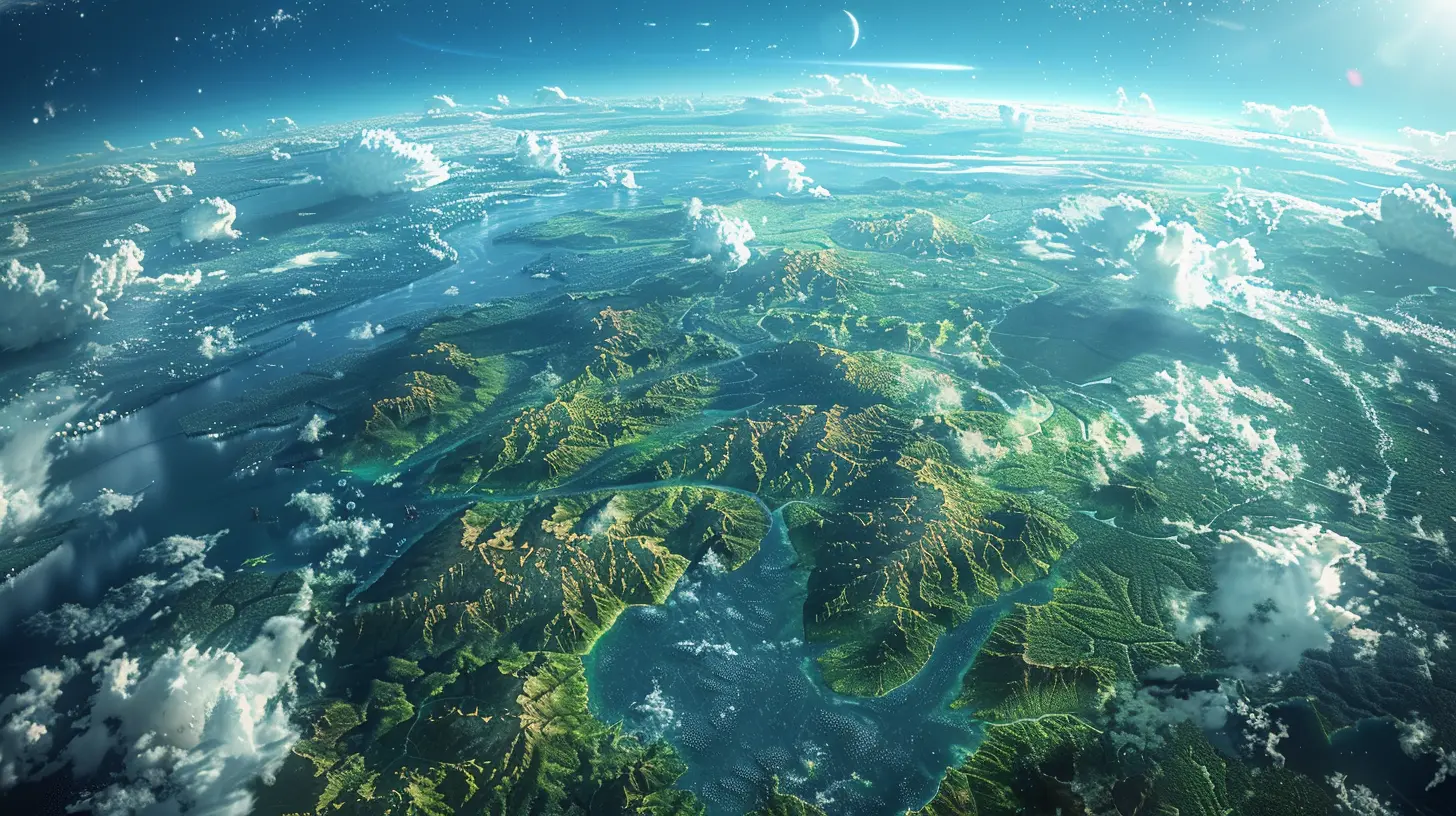
Step 2: Pick a Genre and Theme
The Genre Sets the Rules, The Theme Sets the Mood
This part is fun — picking your genre. Is it high fantasy? Post-apocalyptic sci-fi? A dark, Lovecraftian horror landscape?Each genre comes with its own expectations. High fantasy means magic systems and medieval-esque empires. Sci-fi? Think advanced tech, alien species, and intergalactic politics.
Don’t forget about the theme. Maybe your world explores isolation, rebellion, or the corrupting nature of power. Your theme will guide the tone of your world and help maintain consistency across the board.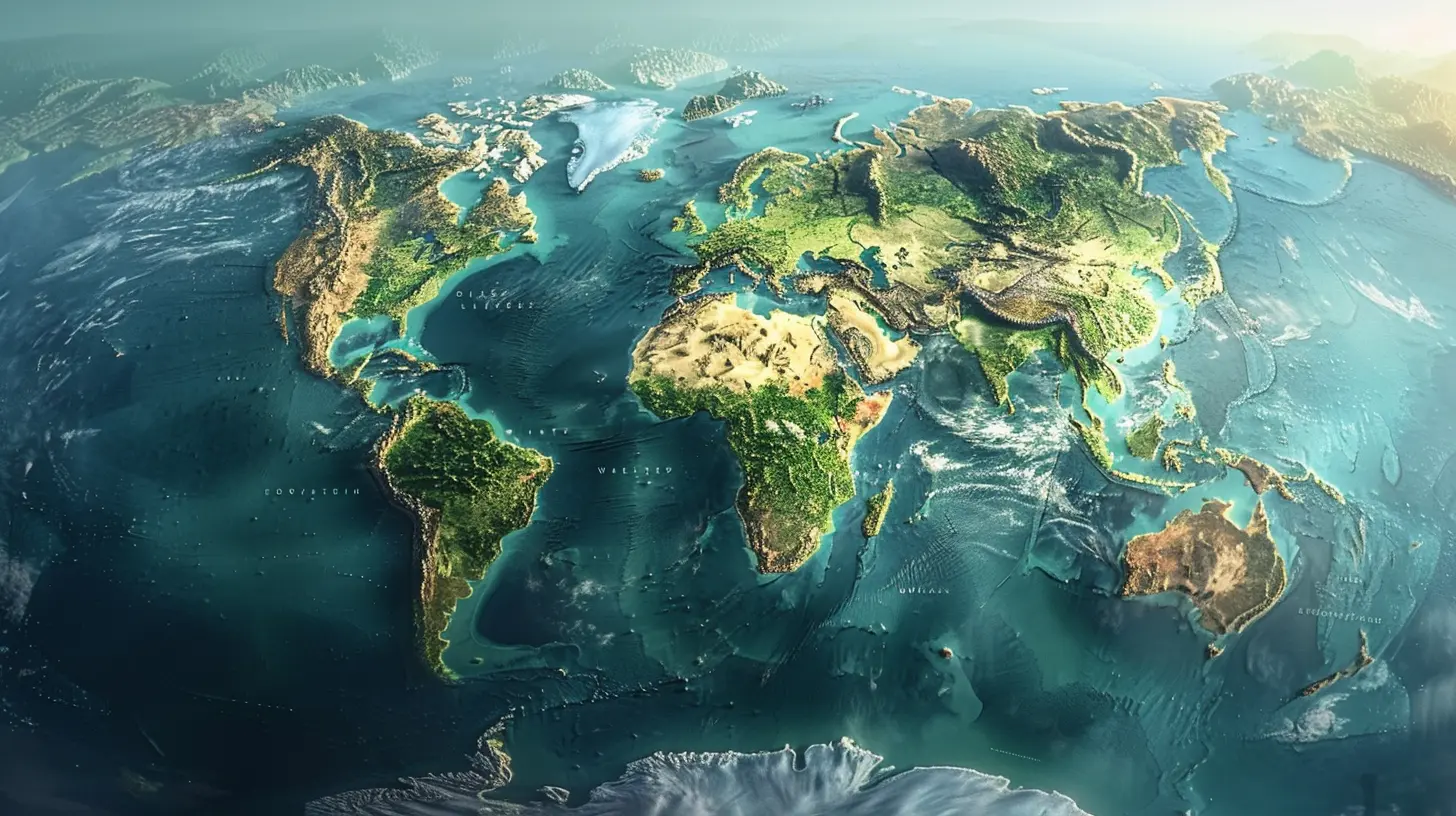
Step 3: Start Big, Then Zoom In
Think Global, Then Go Local
Here’s where many creators trip up — they either get caught detailing every type of bread in the village bakery or stay stuck in vague abstract ideas.Start with the big picture. Sketch out your world map. Where are the continents, oceans, and major civilizations? What’s the climate like? Do you have flying islands or deep underworld cities?
Once you’ve got a rough idea, zoom in. Focus on one city, one forest, or even one street if that’s where the player starts. Build detail where it counts, especially places the player will spend the most time.
Step 4: Establish the Rules of the World
Consistency is King
Imagine playing a game where the sun sets in the east for no reason, or magic works until it doesn’t. Frustrating, right?Your world needs rules — laws of physics, boundaries of magic, how technology works, how people age, die, or come back to life. Everything doesn’t need to be realistic, but it needs to be believable.
Start with questions like:
- How does the economy work?
- Are there governments, factions, or guilds?
- What do people eat? What do they fear?
- Is there a religion? A prophecy? A forbidden zone?
The more consistent your rules, the more immersive your world becomes.
Step 5: Create Cultures and Civilizations
Give Your World a Soul
This is where the magic happens — literally and figuratively. Civilizations make your world feel alive.Create different cultures with their own clothing, languages, music, myths, and ethics. One kingdom might value honor and tradition; another might be capitalist and tech-obsessed. Let these cultures clash, ally, and evolve.
Ask yourself:
- What holidays do people celebrate?
- What’s their history? Their heroes and villains?
- What do they consider rude or sacred?
Real-world civilizations are messy, layered, and contradictory. Don’t shy away from complexity.
Step 6: Build a History
The Past Shapes the Present
Every epic world has a rich history. Wars, famines, golden ages, revolutions — these events shape your world’s politics, architecture, and belief systems.You don’t need a 1,000-year timeline right away, but having a few key historical milestones gives your world weight.
Pro tip: Create historical myths and conflicting versions of events. People within your world should argue about history, just like we do in real life.
Step 7: Design Flora, Fauna, and Foes
It’s Not Just About People
What kind of creatures roam the forests? What monsters lurk in ancient ruins? Are horses a thing, or do people ride six-legged bugs the size of trucks?Unique wildlife can make your world stand out. And don’t forget the plants! Think about what grows in different regions — useful herbs, poisonous blooms, glowing mushrooms, etc.
When designing your creatures and enemies, consider:
- Why do they exist?
- What do they eat? Where do they live?
- How do they fit into the ecosystem or the game’s combat system?
Make your world feel organic, not like a theme park.
Step 8: Integrate Your World into Gameplay
Game Mechanics and Worldbuilding Should Shake Hands
Your world isn’t just in the story — it’s in the gameplay. An icy tundra should affect stamina. A corrupt government might lead to stealth missions and black-market trade mechanics.Tie your worldbuilding to game systems. If magic is rare, don’t give the player unlimited fireballs. If you’ve created a society where lying is taboo, build dialogue trees that reward honesty.
This doesn’t just deepen immersion — it makes your game more fun and meaningful.
Step 9: Avoid Overbuilding
Don’t Create Lore No One Will Ever See
It’s tempting to write a 400-page lore document, but let’s be real — players care about what they can experience, not what lives in a dusty wiki.Build just enough to support gameplay and atmosphere. Focus your energy on the parts players will interact with. And leave room for mystery; a little ambiguity can make your world feel bigger than it actually is.
Step 10: Iterate and Playtest
Test, Refine, Repeat
Once you’ve built your first version of the world, test it — ideally through some prototype gameplay. Watch how players react. Are they confused? Do they care about the world’s lore? What do they remember?Be open to feedback. Worldbuilding is never set in stone. Trim the fat, adjust the tone, fix inconsistencies, and polish the parts that truly shine.
Remember: it's not about how much you build, it’s about building the right things.
Bonus: Tools to Help You Get Started
Let’s not reinvent the wheel. There are tons of tools and resources that can help bring your world to life:- World Anvil – Great for organizing lore and timelines.
- Inkarnate & Wonderdraft – Map-making tools for DIY cartographers.
- Notion – Flexible for keeping track of factions, NPC profiles, and lore.
- ChatGPT – Yep, even AI can spark ideas or help generate town names and creature concepts.
Use what works for you — even pencil and paper still gets the job done.
Final Thoughts: Your World, Your Rules
Worldbuilding is one of the most creatively rewarding parts of game development. It gives your game flavor, depth, and replayability. But don’t let it overwhelm you.Start small. Keep it consistent. Make it personal. Build the kind of world you’d love to explore — because if you care about it, chances are your players will too.
Whether you’re crafting the neon-lit alleys of a dystopian city or the sun-drenched sands of a forgotten desert realm, just remember this: every epic world starts with one good idea. So grab that idea... and run wild with it.
all images in this post were generated using AI tools
Category:
World BuildingAuthor:

Audrey McGhee
Discussion
rate this article
2 comments
Delta Gill
This article offers invaluable insights into the complexities of world-building, emphasizing the balance between creativity and structure. A strong foundation is essential for immersive and engaging game experiences.
October 16, 2025 at 3:48 PM

Audrey McGhee
Thank you for your thoughtful comment! I'm glad you found the insights on balancing creativity and structure valuable for world-building.
Amber Matthews
Exciting insights for creators!
July 31, 2025 at 4:06 AM

Audrey McGhee
Thank you! I'm glad you found the insights helpful for your creative journey!
